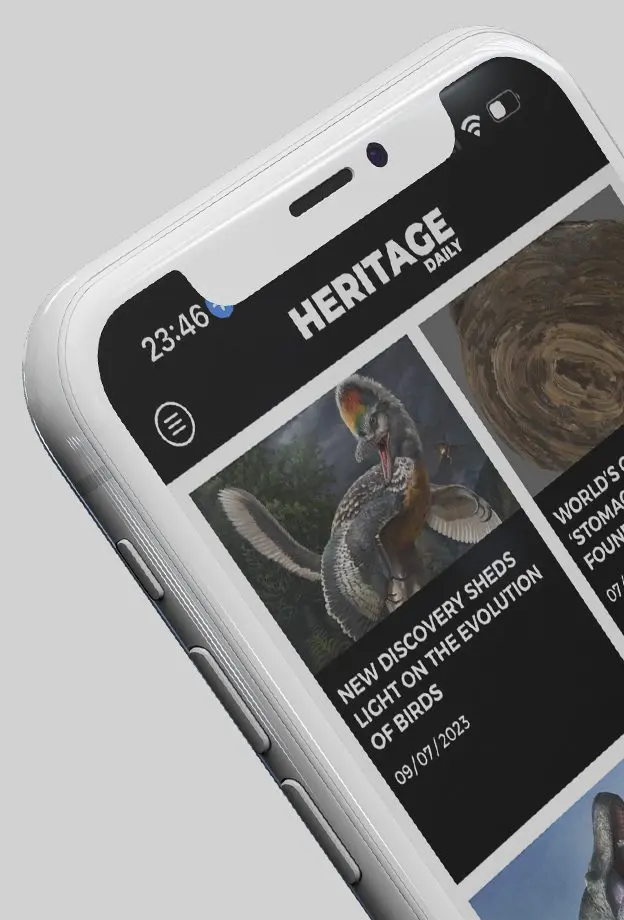Our Company
HeritageDaily LTD - Suite/Unit 40 17 Holywell Hill, St Albans, Herts, United Kingdom, AL1 1DT
Latest News
Lost city discovered on Guerrero’s Costa Chica
Archaeologists from Mexico’s National Institute of Anthropology and History (INAH) have discovered a well-preserved ancient city on Guerrero’s Costa Chica, a discovery that could redefine the region’s ancient cultural landscape.
3000-year-old secret of the Peebles Hoard revealed
A year on from its acquisition by National Museums Scotland, initial conservation work has revealed exceptionally rare silver-coloured objects in one of the most significant hoards ever discovered in Scotland.
Roman silver treasure unearthed near Borsum
A Roman hoard containing 450 silver coins, several silver bars, a gold ring, and a gold coin, has been unearthed near the village of Borsum in the Hildesheim district, Germany.
Prehistoric megastructures reveal large-scale hunting networks
An airborne laser survey on the Karst Plateau of the Adriatic hinterland has led to the discovery of previously unknown dry-stone megastructures.
Mysterious human-faced idol discovered on Saint David’s Hill
Recent excavations on Saint David’s Hill in the ancient fortress-city of Argištiḫinili have led to the discovery of a stone slab carved with a human-faced idol.
Popular News
The mystery of Tutankhamun’s meteoric iron dagger
In 1922, Egyptian excavators led by Howard Carter discovered the tomb of Tutankhamun, an Egyptian pharaoh who was the last of his royal family to rule during the end of the 18th Dynasty.
Legio V Macedonica – The Last Roman Legion
Throughout the history of the Roman Empire, countless legions were raised and disbanded, but one legion endured the entirety, remaining in service to the Roman Empire and the Byzantine Empire, and marching on into the Middle Ages - The Legio V Macedonica.
Atlantis – The story behind the legend
Atlantis has become a taboo subject in many scholarly circles, often branded in pseudo-science and invented interpretations from Plato’s dialogues.
The Immortal Armour of China’s Jade Burial Suits
The Jade burial suits are hand-crafted jade suits from the Han Dynasty of China, used for the ceremonial burials of China’s elite and members of the ruling class.
The Pleasure Villa of Emperor Tiberius
The Villa of Tiberius is a Roman villa complex in the present-day town of Sperlonga, located on the western coast of Italy in the province of Latina.
© 2024 - HERITAGEDAILY LTD

